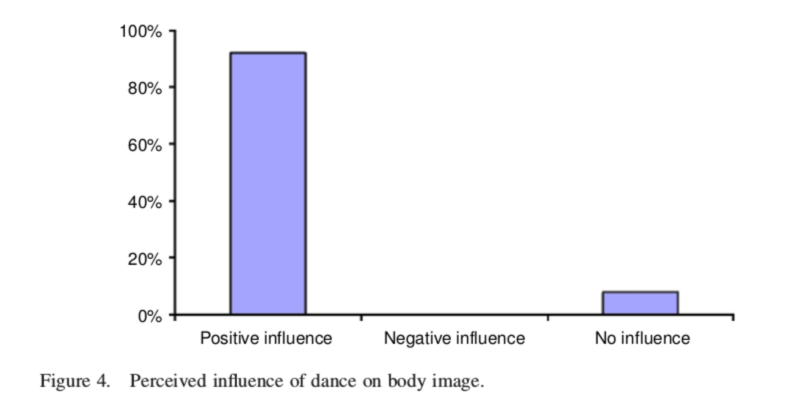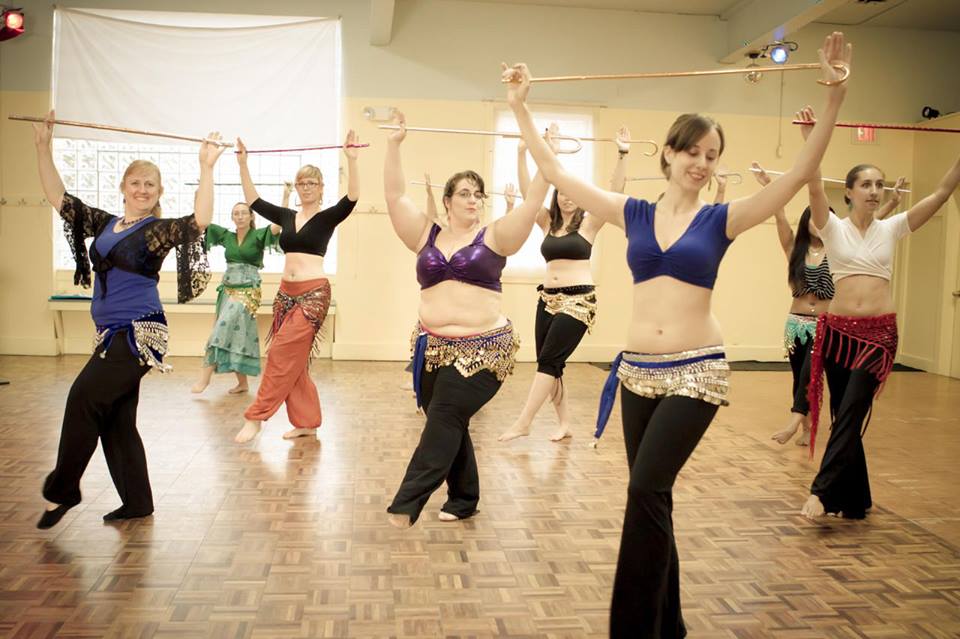|
On April 22 people around the world joined in for the March for Science! Among many other things, one of the goals of the March for Science is to recognize the many ways that science benefits our day to day lives. We may know we feel good after attending a dance class, doing a performance, or just dancing around with our friends at a hafla, but we need the scientific method to be able to empirically show how and why this happens. I spent a little time going through peer reviewed studies on bellydance specifically, and one on dance in general, to see what the body of scientific research says on the subject. Most of the research focused on statistical analyses of qualitative measures of dance benefits, though some studies also utilized measurements of observable quantities such as stamina in the case of the third study listed below. Here are some findings from various studies exploring some of the potential mental and physical benefits of bellydance: 1) Dance Improves Brain Health A 2003 study in the New England Journal of Medicine looked at several leisure activities to assess what, if any, impact they had on dementia risk. The study was comprehensive, spanning a total of 21 years and considering a wide variety of activities including reading, puzzles, walking, and dancing. The results showed that dancing was the only one of the physical activities that correlated with a lower risk of dementia. 2) Improved Body Image A study by Tiggemann et. al. of Flinders University in Australia used a variety of statistical methods to assess how perceptions of one’s own body image varied between college women who do and don’t bellydance. She found that belly dancers had more positive body image, primarily as a result of embodiment from focusing on internal feelings and the experience of dancing. Here it was found that the effects of belly dance on positive body image were mediated by reduced self-objectification. This suggests that one mechanism for the observed positive effect lies in the reduction of the relative focus on external 3) Can Help People Suffering from Fibromyalgia A study from 2012 had participants being treated for fibromyalgia take a belly dance class twice a week for 16 weeks. Their pain reduction assessment showed a 40% reduction in pain for the dance group versus the control group which lasted for 32 weeks showing that the benefits continued even after the class ended. After analyzing a variety of factors the authors concluded “Belly dance can be used in the treatment of fibromyalgia to reduce pain and improve functional capacity, quality of life and self-image.” 4) Another Study on Improved Body Image! A study from 2009 surveying 103 belly dancers evaluated feelings on body image. Their findings showed that bellydance can improve body image by supporting a broad range of body types and challenging the notion of a narrow range of ‘acceptable’ body types. This results in reduced pressure to conform and provided participants with feelings of self acceptance and positive body image. Our data confirm the common perception that belly dance challenges narrow body image norms and promotes healthier body image among participants – including support for broadened norms, lack of pressures for conformity to any particular ideal, and high levels of body satisfaction.”- Downey et. al. 2009 5) Can Improve Quality of Life for Cancer Patients Undergoing Rehabilitation A 2015 study published in the European Journal of Oncology Nursing looked at quality of life in patients being treated for cancer. They study compared a research group who attended a 1.5 hour bellydance class and a 1.5 discussion group once a week for a year to a control group who did not attend the dance or discussion groups. The research group showed significant improvements in quality of life, life satisfaction, and perceived support as compared to the control group. The authors of this study concluded that bellydance had the potential to be a beneficial addition to the rehabilitation program. 6) May Help with Chronic Low Back Pain A 2016 study published in the Journal of Back and Musculoskeletal Rehabilitation looked at bellydance practice as a method of alleviating chronic low back pain. The study concluded that people who completed the bellydance course had diminished pain and increased functionality after two months. Proper bellydance posture emphasizes low back safety so their results make sense, however the sample size used in this study was only two people which is too small to achieve statistical significance and leaves me questioning the results. It would be great to have a follow up study with a much larger sample size to more adequately evaluate the findings from this preliminary research. Bottom Line There are relatively few peer reviewed studies focusing on the mental and physical health benefits of bellydance specifically, but the ones that are available show promising conclusions. More research is needed to further analyze the physical benefits of bellydance practice. The studies cited above demonstrate that the practice holds promise for people suffering from fibromyalgia and chronic low back pain. It can also potentially be a useful addition to rehabilitation programs for people undergoing cancer treatments. The benefits for the research group in that study seemed to be mainly due to having a support group and feeling better about their bodies which in turn increased feelings of quality of life. That study seemed to tie in well with the results from the studies by Tiggemann and Downey et. al. which concluded that bellydance had a lot of potential for improving body image due to it's focus on feeling present in ones body and to the emphasis on inclusivity and acceptance of all body types. Note- While bellydance has many potential benefits please consult a physician or other medical professional if you are looking for advice on whether a specific type of exercise or physical activity is right for you. References:
1) J. Verghese, M.D., R.B. Lipton, M.D., M.J. Katz, M.P.H., et. al.. New England Journal of Medicine; 348:2508-2516, 19 June 2003. 2) M. Tiggemann, E. Coutts, L. Clark. Belly Dance as an Embodying Activity?: A Test of the Embodiment Model of Positive Body Image. Sex Roles (2014) 71:197–207. 3) A.S. Baptista, A.L. Villela, A. Jones, J. Natour. Effectiveness of dance in patients with fibromyalgia: A randomised, single-blind, controlled study. Clinical and Experimental Rheumatology. 2012. 4) D.J. Downey, J.J. Reel b , S. SooHoo, S. Zerbib. Body image in belly dance: integrating alternative norms into collective identity. Journal of Gender Studies Vol. 19, No. 4, December 2010, 377–393 5) M. Szalai, et. al. A clinical study to assess the efficacy of belly dancing as a tool for rehabilitation in female patients with malignancies. European Journal of Oncology Nursing 19 (2015) 60e65. 6) T. Castrillion, et. al. The effects of a standardized belly dance program on perceived pain, disability, and function in women with chronic low back pain. Journal of back and musculoskeletal rehabilitation. 2016.
0 Comments
|
SahinaMy adventures in dance, music, costume design... Categories
All
Archives
January 2020
|
|
Sahina Bellydance | [email protected]
Amherst MA 01002 | Easthampton 01027 | Northampton 01060. All Content Copyright Sahina Bellydance 2010-2024. All Rights Reserved. |




 RSS Feed
RSS Feed
